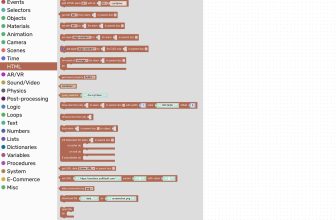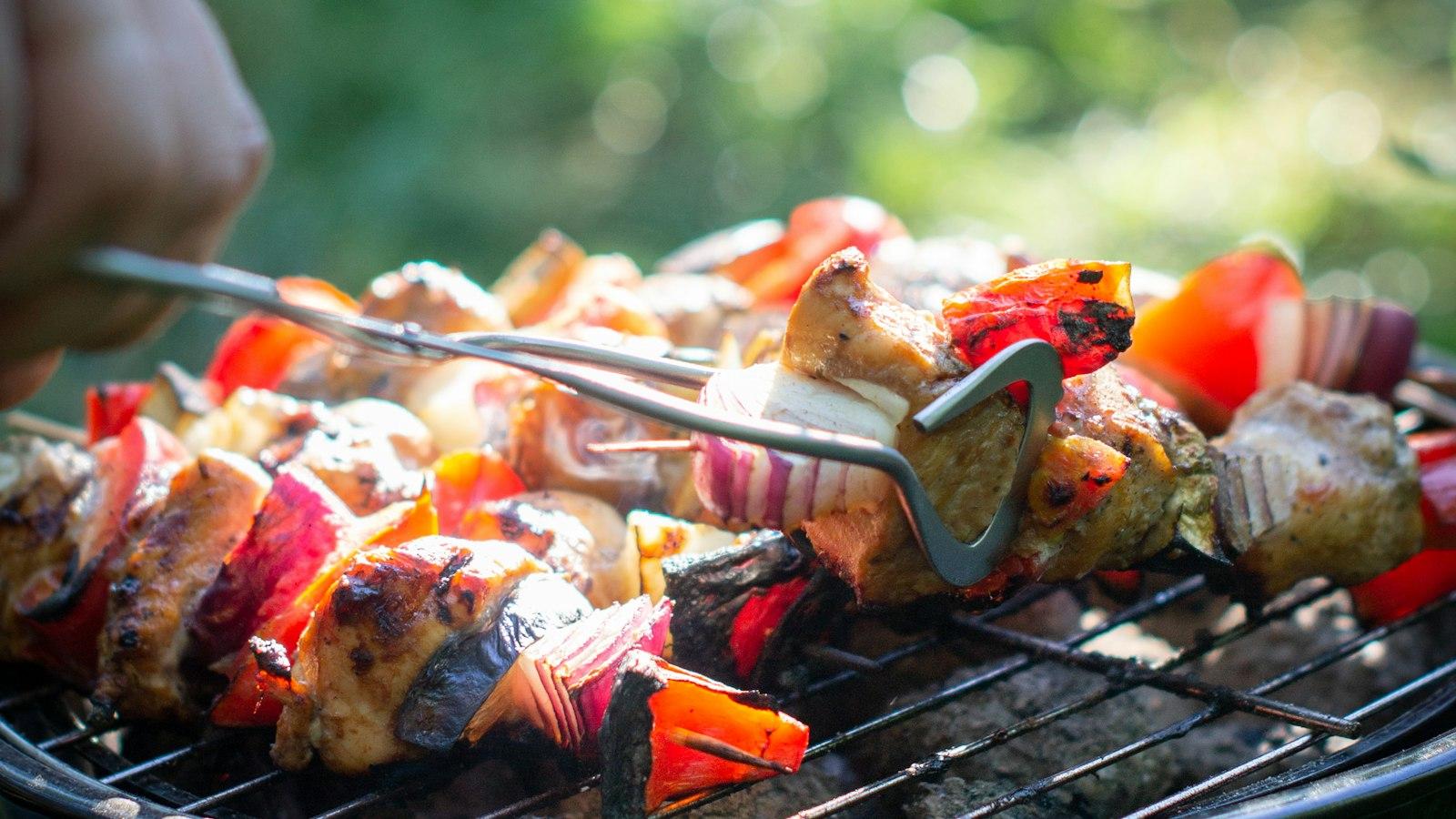
If you’re a fan of the unmistakable smoky flavors and the satisfying sizzle of grilled food, then mastering the art of using a charcoal grill is an essential skill to have. While gas grills have their conveniences, the allure of charcoal grilling lies in its ability to infuse a distinct, mouth-watering taste into every dish. Whether you’re a beginner looking to explore the world of grilling or an experienced grillmaster looking to refine your techniques, this article will walk you through the ins and outs of using a charcoal grill. From setting up and lighting the charcoal to controlling temperatures and achieving that perfect sear, get ready to elevate your grilling game to new heights. So, grab your apron, tongs, and charcoal, as we dive into the captivating realm of charcoal grilling.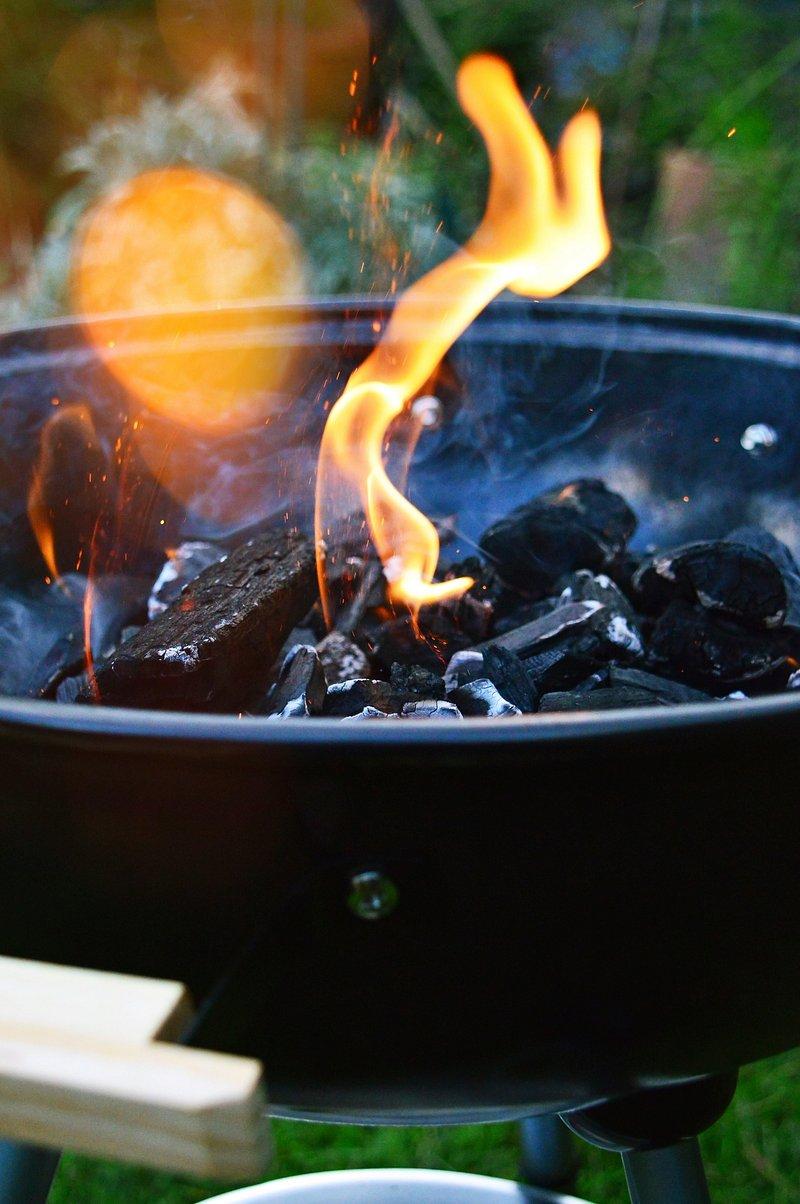
Introduction to Charcoal Grills
Charcoal grills are a popular choice among grilling enthusiasts who appreciate the unique flavor and experience that comes with cooking over an open flame. While they may seem intimidating at first, using a charcoal grill is actually quite simple. In this post, we will guide you through the process of how to use a charcoal grill effectively and safely, so you can enjoy delicious grilled meals all summer long.
-
Gather your tools and materials: Before you start grilling, make sure you have everything you need. This includes charcoal briquettes, a chimney starter, lighter fluid, matches or a lighter, a grill brush, tongs, and a heat-resistant mitt. Having these tools on hand will make the grilling process much smoother.
-
Prepare the grill: Start by cleaning the grill grates with a grill brush to remove any leftover food or debris from previous grilling sessions. Then, fill the charcoal chimney starter with briquettes and place it on the charcoal grate. Light the charcoal using either crumpled newspaper or lighter cubes. It usually takes around 15-20 minutes for the charcoal to reach the desired level of ashed-over appearance.
-
Arrange the charcoal: Once the charcoal is ready, use tongs to carefully transfer the hot coals to one side of the grill. Creating a two-zone fire allows you to have direct heat on one side for searing, and indirect heat on the other for slower cooking. If you’re cooking something that requires lower heat, like ribs or a whole chicken, set up your grill for indirect cooking.
-
Add your food: Now it’s time to place your food on the grill grates. Use long-handled tongs to carefully place your meat, vegetables, or any other items on the hot grates. Remember to keep the lid closed as much as possible during the cooking process to maintain an even temperature and prevent flare-ups. If you’re unsure about the cooking time, consult a grilling guide or use a meat thermometer to ensure your food is cooked to perfection.
-
Safety precautions: While using a charcoal grill is relatively safe, it’s essential to take a few precautions. Always place your grill on a level surface away from any buildings or flammable materials. Keep children and pets at a safe distance from the grill, and never leave it unattended when in use. Additionally, make sure the coals are completely extinguished before disposing of them properly.
By following these steps, you can confidently use a charcoal grill to create delicious meals for your friends and family. The smoky, authentic flavors that charcoal grills impart onto your food are well worth the extra effort. So fire up your grill, get creative with your recipes, and enjoy the irresistible taste of grilled goodness all summer long!
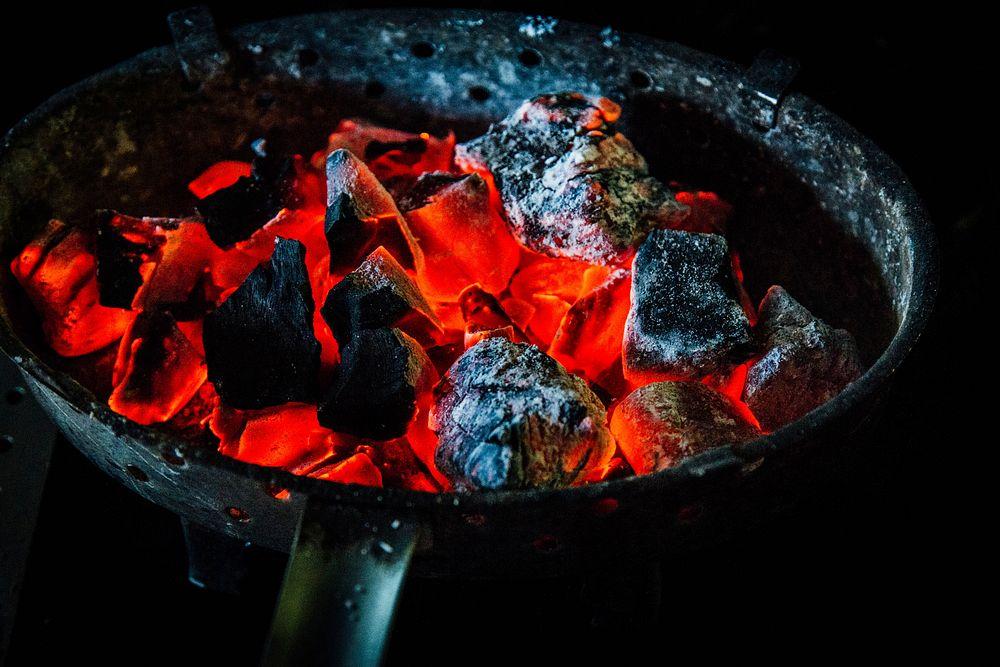
Selecting the Right Charcoal and Accessories
When it comes to using a charcoal grill, can make a significant difference in the flavor and overall experience. Let’s explore some essential tips and considerations to help you make the best choices for your grilling adventures.
1. Charcoal Types
There are two main types of charcoal: briquettes and lump charcoal. Briquettes are made from compressed charcoal dust and often contain fillers and chemicals that can affect the flavor. On the other hand, lump charcoal is all-natural charcoal made from pure hardwood, providing a more authentic smoky flavor. Consider opting for lump charcoal for a more authentic grilling experience.
2. Charcoal Quality
When selecting charcoal, consider the quality and consistency of the briquettes or lump charcoal. Look for brands that offer uniformity in shape and size, as this will ensure even heat distribution and prevent hot spots. Additionally, high-quality charcoal should be easy to light and provide a long burn time, giving you plenty of cooking hours.
3. Charcoal Accessories
Investing in the right accessories can enhance your charcoal grilling experience. Here are some must-have accessories:
- Chimney Starter: This tool helps you easily and quickly light your charcoal without the need for lighter fluid.
- Grill Gloves: Protect your hands from heat while handling hot charcoal or adjusting grill grates.
- Grill Brush: Keep your grill grates clean and free from debris with a sturdy grill brush.
- Charcoal Baskets: These metal containers help you arrange charcoal for indirect cooking, enabling better heat control.
4. Controlling Heat and Smoke
To achieve the desired temperature and smoke level, it’s important to have control over your grill’s heat output. Consider using a charcoal grill with adjustable vents. Open the vents for higher heat and close them partially or fully to reduce the heat level. This allows you to fine-tune your grilling experience and achieve the perfect balance of heat and smoke.
5. Safety Precautions
When using a charcoal grill, safety should always be a top priority. Follow these safety precautions:
- Always grill in a well-ventilated area, away from flammable materials.
- Use a grill brush to remove any leftover ashes and keep your grill clean.
- Never leave a lit grill unattended, especially around children or pets.
- Ensure the charcoal is completely extinguished before disposing of ash.
By , and following safety guidelines, you’ll be well on your way to mastering the art of charcoal grilling and creating delicious and memorable meals.
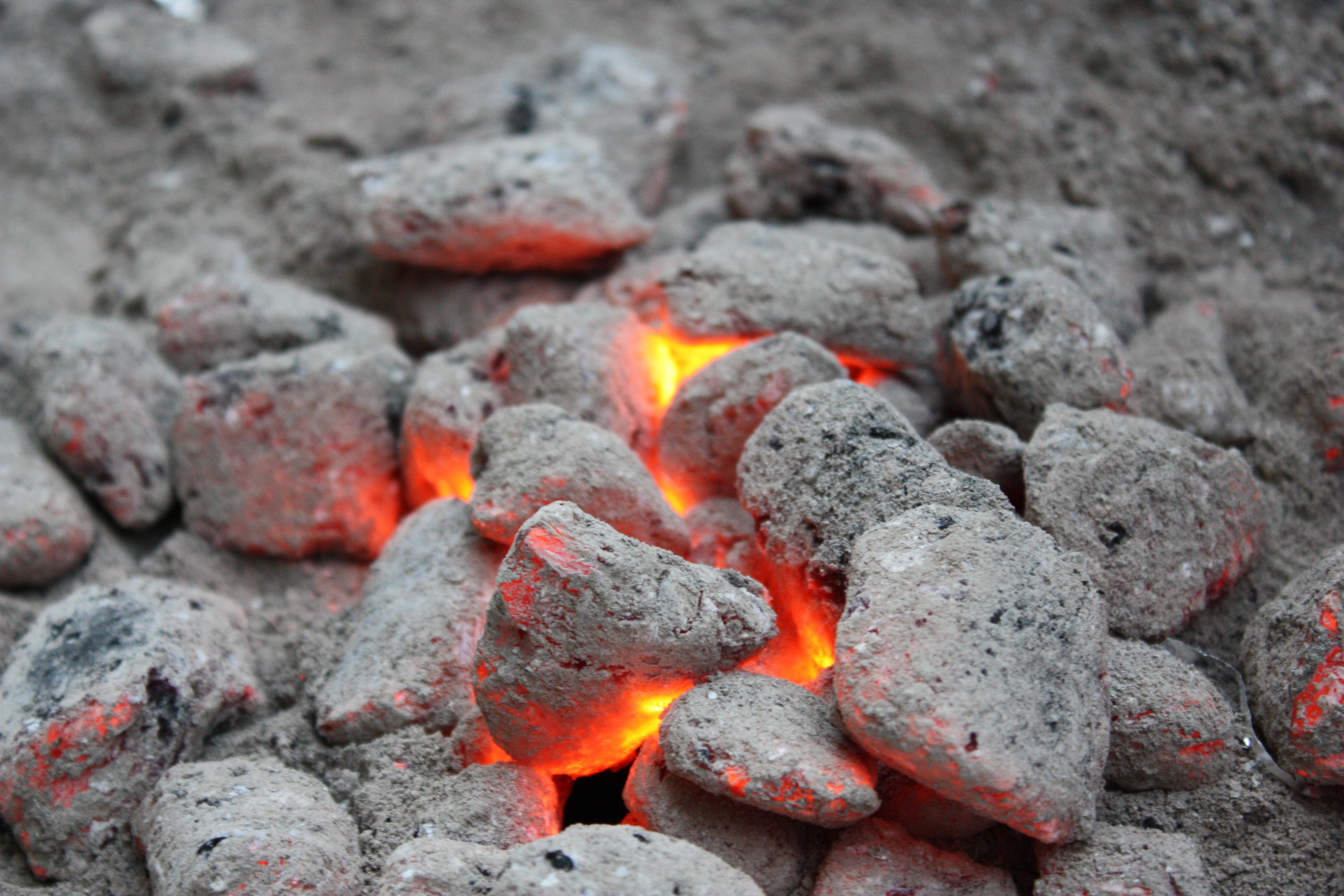
Preparing and Igniting the Charcoal
******
To start grilling on a charcoal grill, you need to properly prepare and ignite the charcoal. Here are some steps to guide you through the process:
-
Choose the right charcoal: Selecting the right charcoal is crucial for a successful grilling experience. There are two main types: briquettes and lump charcoal. Briquettes are uniform in size and burn longer, while lump charcoal is made from real wood and burns hotter. Consider the type of food you’ll be grilling and choose accordingly.
-
Set up your grill: Before adding charcoal, make sure your grill is clean and free from any debris. Position the grill in a well-ventilated area, preferably outdoors, away from any combustible surfaces. If your grill has an adjustable vent, set it to the desired airflow for better control of the fire.
-
Arrange the charcoal: There are different methods to arrange the charcoal, depending on the grilling technique you’ll use. For direct grilling, spread a single layer of charcoal evenly across the bottom of the grill. For indirect grilling, create two separate zones by placing the charcoal on either side of the grill, leaving the middle empty.
-
Add lighter fluid or use a chimney starter: To ignite the charcoal, you have two options. One way is to apply lighter fluid to the charcoal before lighting it. Be cautious while doing this and follow the manufacturer’s instructions. Alternatively, you can use a chimney starter. This cylindrical metal device allows you to light the charcoal using newspaper or fire starters without the need for lighter fluid.
-
Light the charcoal: If using lighter fluid, follow the instructions on the bottle and use a long match or a BBQ lighter to ignite the charcoal. Let it burn for a few minutes until the flames die down and the briquettes or lump charcoal are covered in a layer of gray ash. For a chimney starter, place crumpled newspaper or fire starters at the bottom, fill the top with charcoal, and light the newspaper from below. In about 15-20 minutes, the charcoal will be evenly lit and ready to use.
Remember to always prioritize safety when handling charcoal and open flames. Keep a fire extinguisher nearby, avoid wearing loose clothing, and supervise the grilling process at all times. With proper preparation and ignition of the charcoal, you’ll be well on your way to enjoying delicious grilled meals.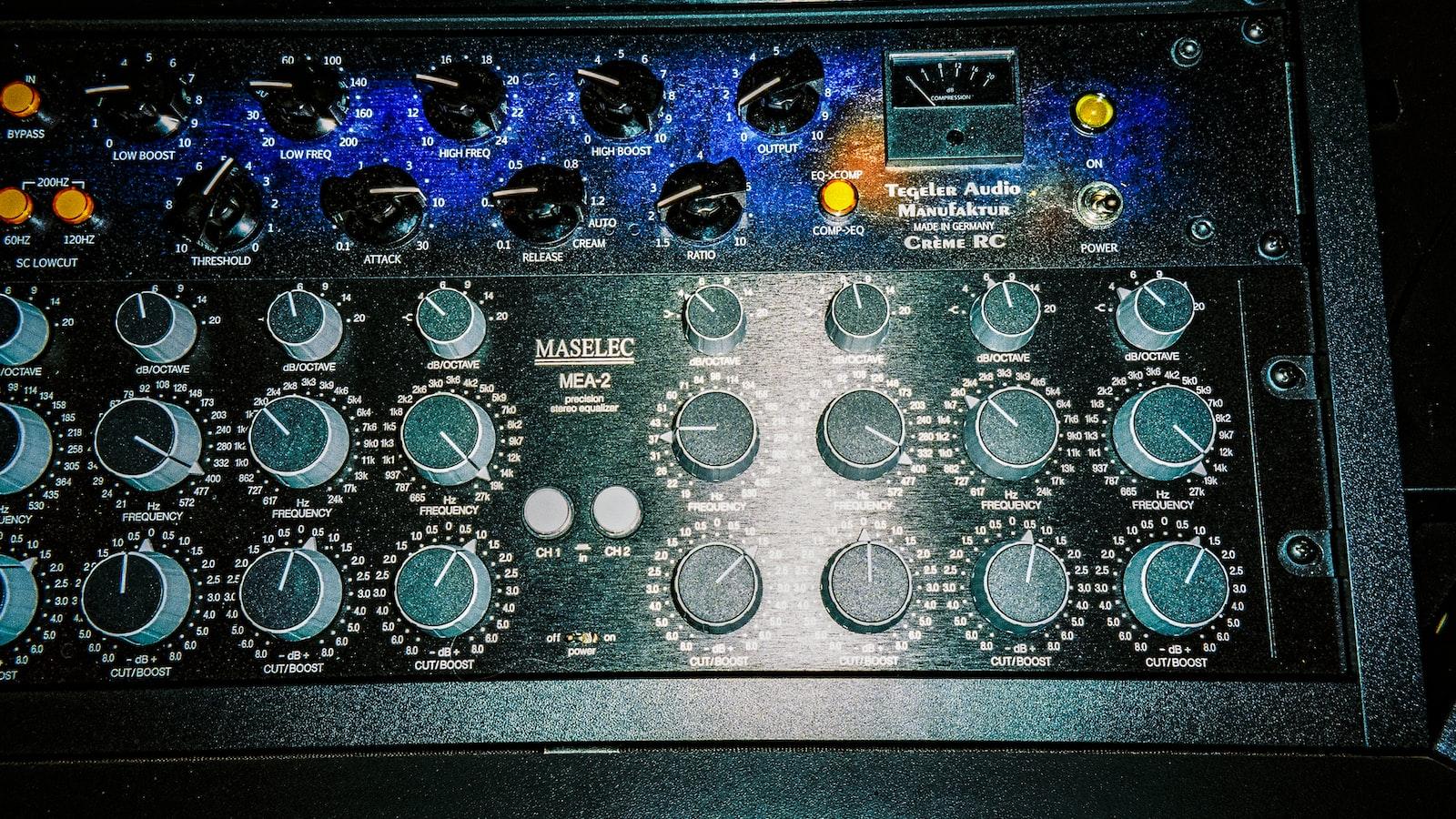
Mastering Temperature Control and Heat Zones
When it comes to charcoal grilling, is essential for cooking your food to perfection. By understanding how to manipulate the coal placement and airflow, you can achieve different levels of heat throughout your grill. This allows you to sear, roast, and even smoke a wide variety of foods with precision.
To create different heat zones on your charcoal grill, start by arranging the coals in a two-zone setup. This means placing charcoal on only one side of the grill while leaving the other side empty. This configuration allows you to have a direct heat zone and an indirect heat zone. The direct heat zone will be hotter, while the indirect heat zone will be cooler and ideal for slower cooking or keeping food warm.
Another method to control temperature on a charcoal grill is by adjusting the airflow. More air leads to a hotter fire, while less air will lower the temperature. To increase the airflow, open up the vents on the bottom and top of the grill. For a cooler fire, partially close the vents to limit the oxygen supply. Keep in mind that it may take some trial and error to find the perfect balance for your desired temperature.
Here are some practical tips for :
- Use a chimney starter: This tool helps you light the charcoal evenly and quickly, ensuring a consistent heat source.
- Utilize a grill thermometer: Invest in a reliable thermometer to accurately measure the temperature inside your grill. This will prevent overcooking or undercooking your food.
- Move food between heat zones: Take advantage of the different heat zones by moving food back and forth as needed. Start with searing on the direct heat zone and finish cooking on the indirect heat zone for even results.
- Bank the coals: To create a high-heat area for searing, arrange more coals on one side of the grill. For a cooler cooking area, spread the coals out evenly.
- Consider using a heat deflector: A heat deflector ensures an even distribution of heat and can be particularly useful when smoking meats or cooking delicate foods.
| Direct Heat Zone | Indirect Heat Zone |
|---|---|
| High heat for searing | Lower heat for slow cooking or warming |
| Perfect for grilling steaks and burgers | Ideal for roasting whole chicken or smoking ribs |
| Charcoal piled up for intense heat | Charcoal spread out for more even heat distribution |
With practice and these tips in mind, you’ll soon become a master of temperature control and heat zones on your charcoal grill. Enjoy the ability to cook various dishes with precision and impress your family and friends with perfectly grilled and balanced flavors!
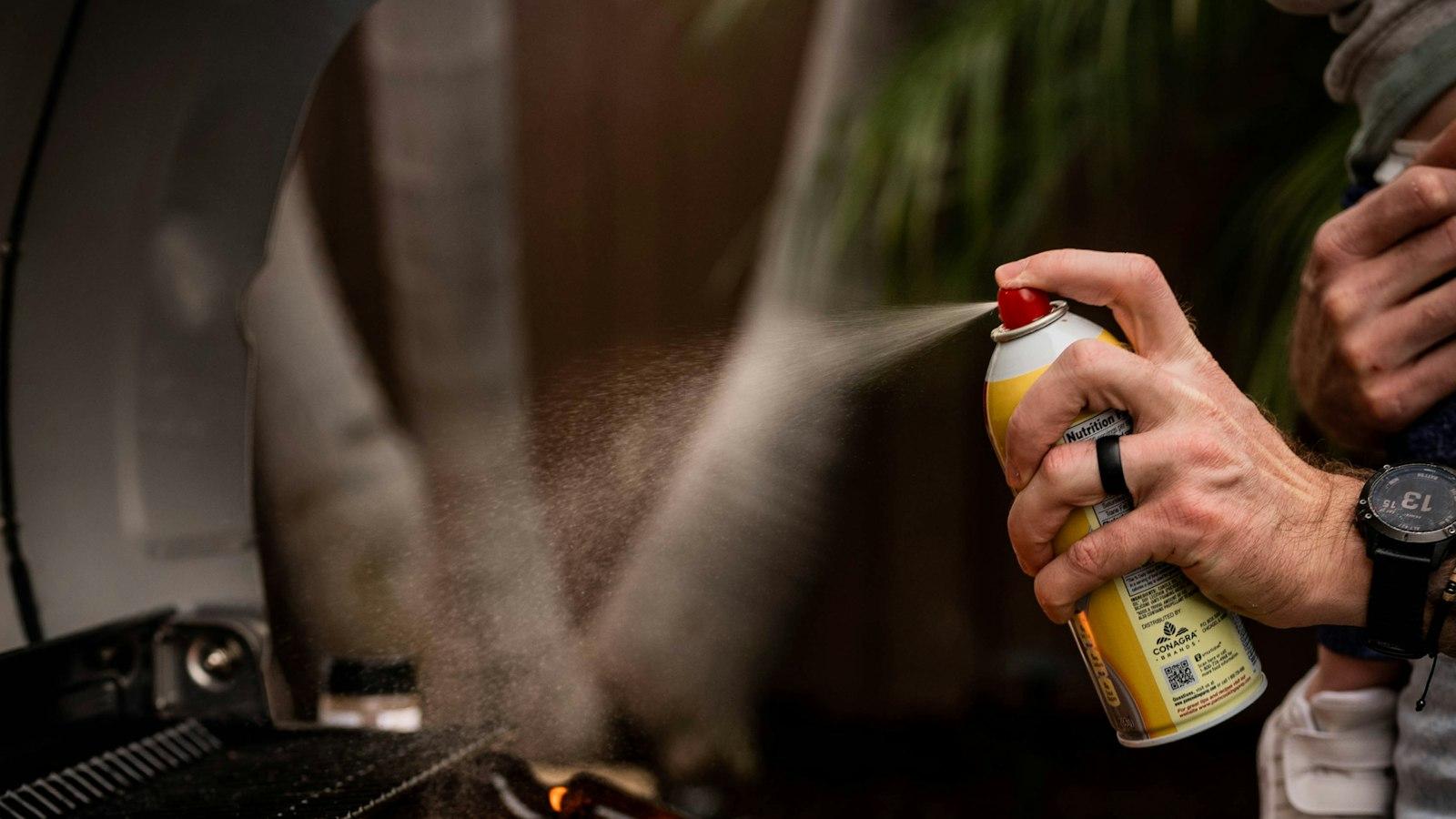
Grilling Techniques for Flavorful Results
Grilling with a charcoal grill can add a smoky and delicious flavor to your food that is hard to replicate with other cooking methods. Whether you are a seasoned griller or just starting out, here are some tips and techniques to help you make the most out of your charcoal grill and achieve flavorful results.
-
Preparing the Charcoal: Before you start grilling, it is important to properly prepare the charcoal. Start by placing an even layer of charcoal briquettes on the bottom of the grill. Use a charcoal chimney starter to light the charcoal and let it burn until the briquettes are covered in a thin layer of gray ash. This usually takes about 15-20 minutes. Once the charcoal is ready, carefully spread it out evenly across the bottom of the grill.
-
Controlling the Heat: Controlling the heat is crucial in achieving the desired results. To create different temperature zones on your charcoal grill, arrange the charcoal. Place more coals in one area for high heat, fewer coals for medium heat, and no coals for indirect heat. This allows you to sear your meats over high heat and then move them to a cooler area for slower cooking. Don’t forget to adjust the grill vents to control the airflow as well. A fully open vent will increase the heat, while a partially closed vent will reduce it.
-
Adding Flavor: One of the best things about grilling with charcoal is the opportunity to infuse your food with amazing flavors. Enhance your grilling experience by adding wood chips or chunks to the charcoal. Soak the wood chips in water for about 30 minutes before placing them on the charcoal. Different wood varieties, such as hickory, mesquite, or apple, offer unique flavors. Consider experimenting with different combinations to find your favorite smoky flavor profiles.
-
Direct vs. Indirect Heat: Knowing when to use direct and indirect heat is key in achieving flavorful results. Direct heat is ideal for quickly searing thin cuts of meat or for creating grill marks on vegetables. Indirect heat, on the other hand, is perfect for slow-cooking large cuts of meat or delicate foods like fish. For indirect cooking, place the food on the grill grates away from the heat source. Remember to close the lid for an even heat distribution and to retain moisture.
-
The Art of Grilling: Grilling is an art that requires patience and practice. To ensure your food is cooked to perfection, use a digital meat thermometer to check for doneness. Different meats have different ideal internal temperatures, so refer to a temperature guide for best results. Allow your grilled food to rest for a few minutes before serving to let the juices redistribute. This will guarantee a more flavorful and juicy outcome.
In conclusion, grilling with a charcoal grill can produce flavorful results if proper techniques are followed. By preparing the charcoal, controlling the heat, adding flavor, understanding direct and indirect heat, and mastering the art of grilling, you can create mouthwatering dishes that will impress your family and friends. So fire up your charcoal grill and start experimenting with these techniques to take your grilling game to the next level!
Q&A
Q: What is a charcoal grill?
A: A charcoal grill is a type of outdoor cooking equipment that uses charcoal as its primary heat source. It is commonly used for barbecuing and grilling food.
Q: How does a charcoal grill work?
A: Charcoal grills work by burning charcoal to create heat. The charcoal is ignited, and once it reaches the desired temperature, it provides heat for cooking food placed on the grill grate.
Q: What are the benefits of using a charcoal grill?
A: Using a charcoal grill offers several benefits. It imparts a distinctive smoky flavor to food that many find appealing. They are typically more affordable than gas grills, and they provide a higher heat output, allowing for excellent searing and flavor development.
Q: What equipment do I need to use a charcoal grill?
A: To use a charcoal grill, you will need the grill itself, charcoal briquettes or lump charcoal, fire starters or lighter fluid, and a long-handled lighter or matches. Additionally, grilling utensils such as tongs and spatulas are essential.
Q: How do I light a charcoal grill?
A: There are several ways to light a charcoal grill. One common method is to arrange the charcoal in a pyramid shape, place fire starters or crumpled newspaper in the center, and ignite them using a long-handled lighter. Once the charcoal begins to burn, spread it out evenly across the grill.
Q: How long does it take for a charcoal grill to heat up?
A: The time required for a charcoal grill to heat up varies depending on several factors, including the amount of charcoal used, weather conditions, and the type of food being cooked. On average, it takes about 15-30 minutes for a charcoal grill to reach the desired cooking temperature.
Q: How do I control the temperature on a charcoal grill?
A: To control the temperature on a charcoal grill, you can adjust the airflow by opening or closing the vents. More air intake will increase the heat, while reducing air intake will lower the heat. Additionally, moving the charcoal closer or farther away from the food can also affect the temperature.
Q: How do I know when the food is cooked on a charcoal grill?
A: The cooking time will depend on the specific food being prepared. It’s essential to use a food thermometer to determine the doneness of meat or poultry. For general grilling, most foods are cooked when they reach an internal temperature specified in cooking guidelines or when they are evenly browned and juices run clear.
Q: How do I clean a charcoal grill after use?
A: Once the grill has cooled down, remove the cooking grates and brush off any food debris with a grill brush. Dispose of the ashes and remaining charcoal if they are completely extinguished. Clean the grill’s interior and exterior using warm soapy water and a sponge or cloth. Rinse thoroughly and let it air dry before storing.
Q: Are there any safety precautions I should follow when using a charcoal grill?
A: Yes, when using a charcoal grill, it’s important to follow safety precautions. Always set up the grill in a well-ventilated outdoor area away from flammable objects, and never use it indoors or in enclosed spaces. Keep a fire extinguisher nearby, and never leave the grill unattended. Avoid wearing loose-fitting clothing and use long-handled tools to prevent burns. In conclusion, mastering the art of using a charcoal grill can greatly elevate your outdoor cooking game. By following these simple steps, you can ensure a successful grilling experience every time. Remember to choose good quality charcoal, properly arrange it in your grill, and patiently wait for it to reach the perfect temperature. Whether you are grilling burgers, steaks, vegetables, or even desserts, understanding the nuances of charcoal grilling will allow you to create delicious and flavorful meals for your family and friends. So, fire up your grill, embrace the smoky aroma, and enjoy the mouthwatering results that only a charcoal grill can deliver. Happy grilling!





